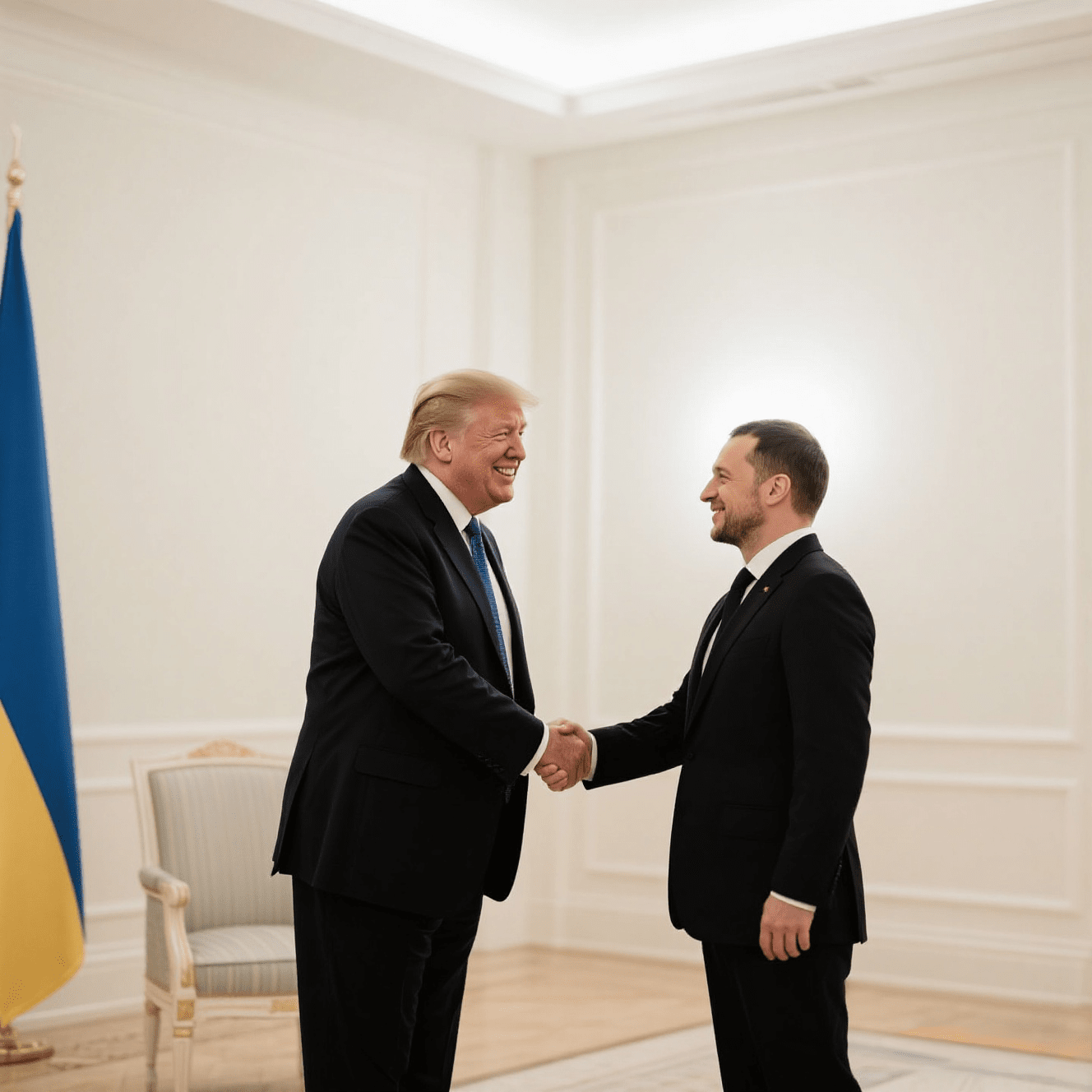This seemingly traditional geopolitical meeting actually hides three variables crucial to the crypto market: first, whether U.S. aid to Ukraine will shift to cryptocurrency settlement channels; second, the potential squeezing effect on stablecoins from the digital dollar policy that the Trump administration may introduce; third, the demand for 'digital safe havens' arising from the protraction of the Russia-Ukraine conflict.
I noticed the Q4 2023 data: when the United States announced a suspension of military aid to Ukraine, the premium rate for Bitcoin on underground exchanges in Kyiv suddenly soared to 12%, proving that in a geopolitical crisis, cryptocurrencies are becoming 'digital hard currency'. Just like in the early days of the Russia-Ukraine conflict in 2022, when news of the Ukrainian government accepting cryptocurrency donations drove BTC to surge by 8% in a single day, this meeting in Washington is likely to become a new price catalyst.
Looking back at the G7 summit in June 2023, when countries discussed strengthening crypto regulation, the USDT/USD exchange rate fluctuated by more than 3% within 48 hours, while Bitcoin rose against the trend by 5% during the same period. This indicates that in geopolitical games, crypto assets are forming a unique 'antifragile' property—when cracks appear in the traditional financial system, the safe-haven value of digital gold becomes prominent.
I wonder if the price of that cup of coffee in Zelensky's hand will become the floor price of some NFT three days later? Follow me for an in-depth analysis in the next issue titled 'War Economics 2.0: From Cryptocurrency Donations to Web 3.0 Treasury Systems'. Now, do you think this meeting will push Bitcoin past the $70,000 mark? See you in the comments!


